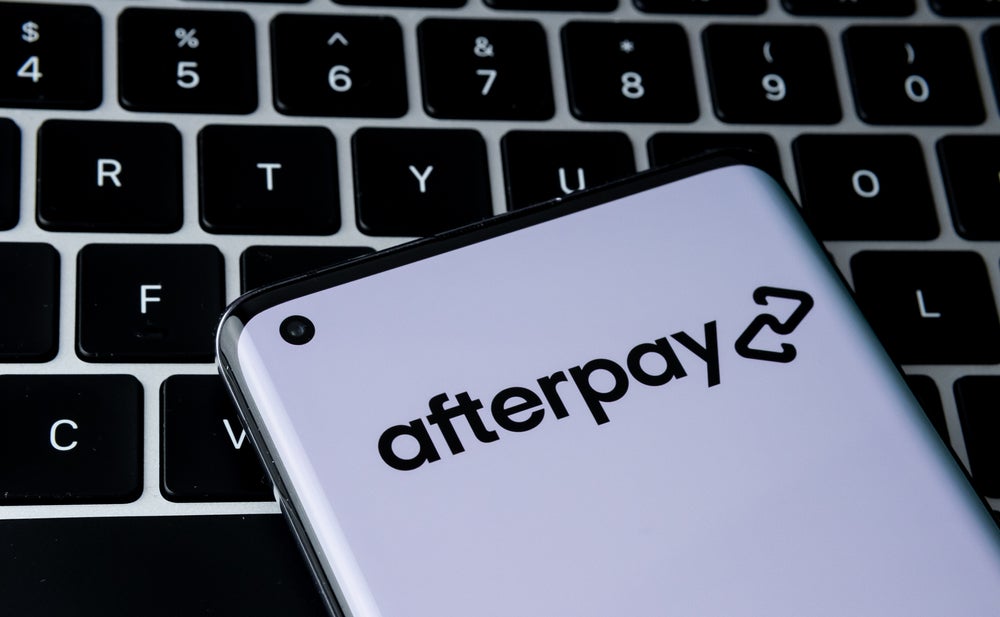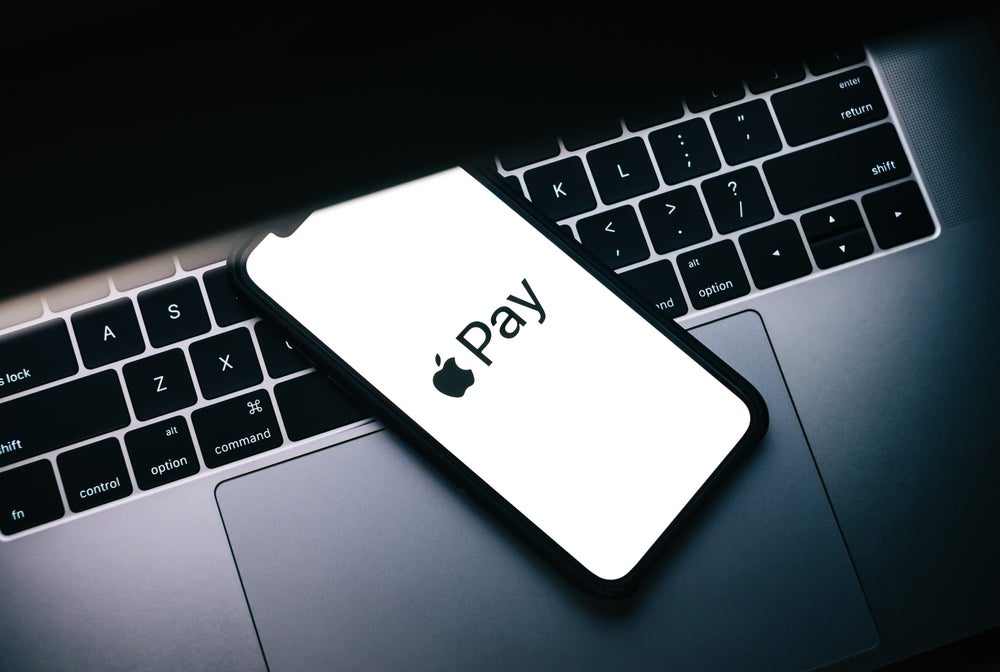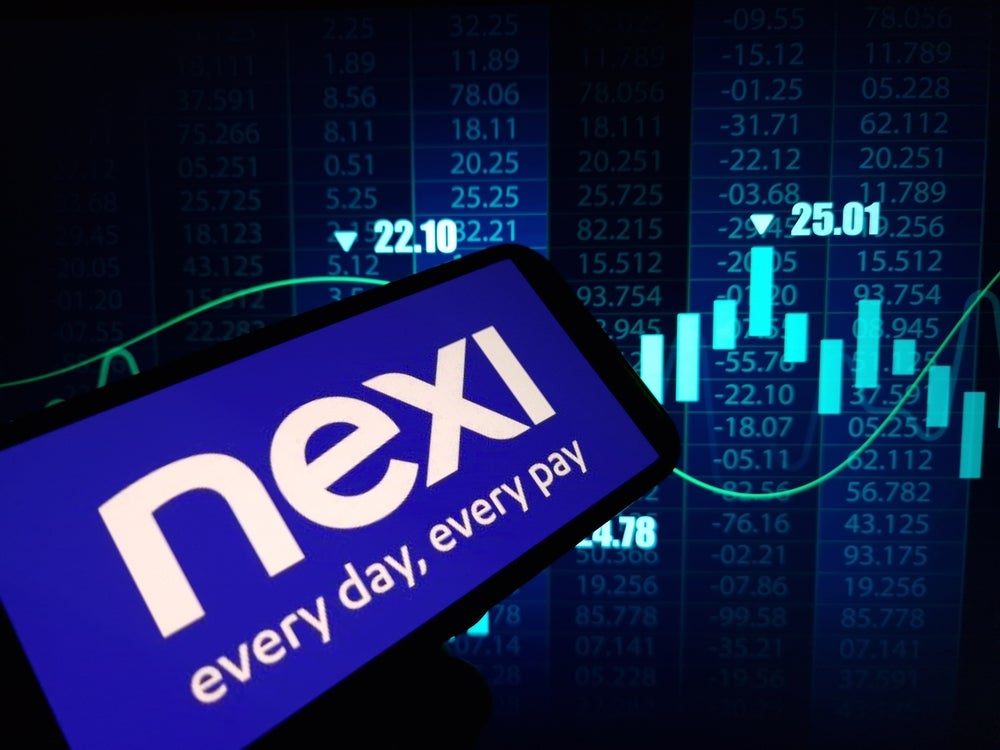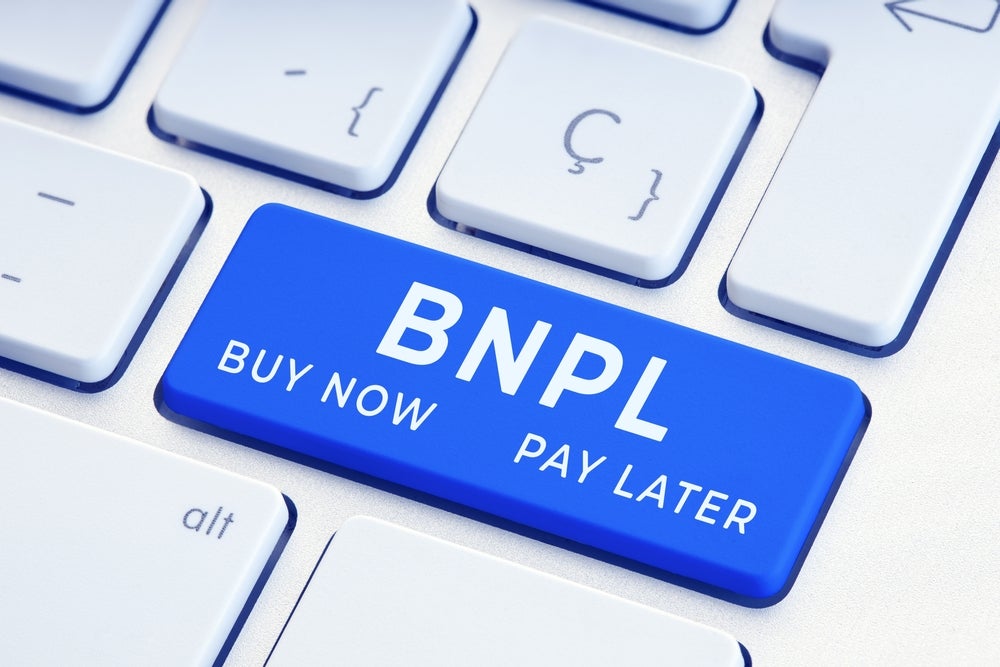PRs who try to kid and con about the alleged success of BNPL have been a regular source of some irritation to this column. The pitches follow a regular and predictable pattern. BNPL is taking market share away from credit cards, younger adults in particular do not like credit cards but love BNPL. On occasions, they then manage to find a sample of 1,000 or so adults, sometimes less than that number, who extol the virtues of BNPL.
They almost managed to get through all of March without cluttering up the inbox with this nonsense-that is until I took my first leave of 2024 and stuck my out of office on my email. They do not know me. I may not reply to all emails when on leave but I do read them-even if I see a dreaded reference to BNPL.
I have given fair warning in this column and on social media that it is time to name and shame the gullible PRs that try to peddle the BNPL spin. It so happens that the release in question received yesterday came from one of the better PR outfits, so I will spare the PRs blushes. This time.
But it does show, that no matter the PR firm, they can try on the line that, as in yesterdays’ case, that BNPL continues to thrive.
10 listed Australian BNPL failures
News stories such as the failure of 10 of Australia’s listed 12 BNPL outfits failing seems to pass them by. Now to be fair, Zip limps on and its share price has recovered a fraction of recent losses this year. It is also still down by 85% since early 2021.
Meantime, ZIP is exiting India, the Philippines, Turkey, the Czech Republic, South Africa, Poland, Singapore, the UK, Mexico, and the Middle East. Issues at IOUpay would not be on their radar or Atome’s failing in Vietnam or the collapse of Singapore’s PACE and India’s ZestMoney. Add in Zilch failing in the US. And the rest. One assumes they have not followed the financial disaster of Block’s $29bn ill-advised acquisition of Afterpay. Since the August 2021 announcement of that deal, Block’s share price is down by 70%.
How well do you really know your competitors?
Access the most comprehensive Company Profiles on the market, powered by GlobalData. Save hours of research. Gain competitive edge.

Thank you!
Your download email will arrive shortly
Not ready to buy yet? Download a free sample
We are confident about the unique quality of our Company Profiles. However, we want you to make the most beneficial decision for your business, so we offer a free sample that you can download by submitting the below form
By GlobalDataThey may just have noted that Klarna has been loss-making since 2018 and that some UK banks that have dabbled in BNPL, like NatWest, are already ditching the product. And perhaps the BNPL-related provisions that Monzo had to accommodate, rising seven-fold from £14m to £101m after it launched a BNPL offering, also passed BNPL fans by.
To survive, BNPL outfits will transition to the product they claimed they could fix
Presumably, it has escaped their attention that the only way that BNPL firms will have a chance of surviving is by transitioning to offer traditional consumer finance products, like credit cards. The one product the BNPL outfits alleged was broken and that they claimed they would either fix or replace.
But what about PayPal. Is it not winning the market share race for BNPL? It has polled well in BNPL consumer surveys. JD Power reported last month that PayPal ranked top for BNPL customer satisfaction. It also highlighted that Klarna, Afterpay, Sezzle and Affirm were at the bottom of the same poll. But BNPL customer satisfaction has not done much for PayPal’s share price, currently down by about 70% since peaking in 2021.
So here is one BNPL statistic the PRs will not like. I can even give the precise source. I have to admit I could not recall on my vacation where to find it but by chance, I received a note from Australia’s leading payments analyst Grant Halverson, CEO of McLean Roche. Holiday or not, his emails and in this case, his attached annual review of Australian payments, was a must read.
Buy Now Pay Later in Australia, after being on offer in its current form for 10 years, represent sales of a trivial A$17bn in Australia. That equates to less than 60 basis point of total consumer payments, while making up only 8.7% of all online sales. That was the Australian figure I was looking for and not one that BNPL’s defenders will want to read.
While BNPL limps in with A$17bn, the corresponding figures for debit and Visa/MCD credit cards are A$520bn and A$325bn respectively with Amex/Diners charge cards on A$85bn and ATM cash on A$104bn.
Australia is the one market that the BNPL evangelists used to claim represented a success for BNPL. In truth, Australians on average use their debit cards about 20 times a month, credit cards 16 times a month and BNPL about twice a month.
If they want a UK figure, try page 39 of November 2023’s UK Future Payments Report. BNPL is a first preference for 2% compared with debit cards 48% and 26% for credit cards. At best, on a generous estimation, BNPL amounts to up to 7% of UK e-commerce. Expect that to hit a ceiling if and when the sector is finally hit with overdue regulation, as is happening in Australia.
In other words, it remains very much a niche player, whatever PRs might try to argue. One thing it is not, is thriving, by any normal business definition, such as turning a profit.
BNPL and bad debt
I am not sure if it says more about the lack of financial literacy on the part of some younger consumers or a failure on the part of the BNPL sector to be price transparent. But Creditspring has just released some data on this very subject.
Apparently, nearly half (46%) of young people remain unaware BNPL can lead to debt. Despite almost four in ten (36%) young people using BNPL at least once a month, just a fifth know that these products remain unregulated. The lack of understanding about the risks of BNPL among young people is even more concerning given they are the most regular users of these products.
Creditspring references research from the Centre for Financial Capability reporting that nearly a quarter of Brits that have used BNPL have been charged late payment fees. Meantime, nine in ten (88%) don’t know that they can’t complain to the Financial Ombudsman about an issue with BNPL as it remains unregulated. Young people are also struggling to repay their BNPL debts – less than four in ten (37%) 18–34-year-olds are able to repay without issue compared to 60% of 35–54-year-olds.
Debt charity StepChange research also flags up the correlation between use of BNPL and financial difficulty. Its recent polling showed that those with BNPL debt are three times more likely to be in problem debt (23%) than UK adults (8%).
Again, StepChange calls on the government to follow through on its commitment to regulate BNPL. The only positive on that line is that this government does not have long to live for which many of us that supported it at the last election and now wonder why, have reason to welcome.









Related Company Profiles
Atomera Inc
Afterpay Ltd
Klarna Bank AB
Sezzle Inc
Affirm Holdings Inc